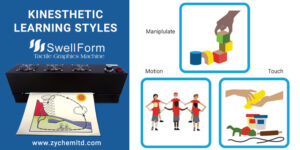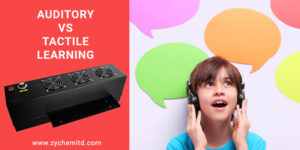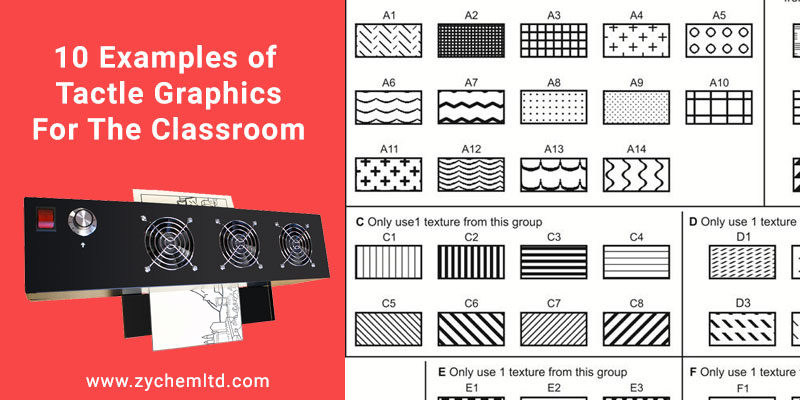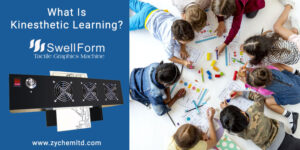How To Identify A Tactile Learner – What to look for
Teachers and parents can identify if a student or their child is a tactile learner by observing their behavior and preferences in the classroom or...
Kinesthetic Learning for the sighted and for the visual impaired
Kinesthetic learning refers to a learning style that involves physical movement and engagement. It encompasses three elements: tactile, proprioceptive, and kinesthetic/movement. Tactile learning, as a subset...
Braille And Tactile Graphics Are Essential In Education
Including tactile graphics in braille books has helped expand educational programs for the blind and visually impaired, creating additional tools for learning and comprehension. Braille,...
Tactile and Auditory Learning
Tactile learning, also known as kinesthetic learning, involves engaging the sense of touch to acquire and process information. Auditory learning, on the other hand, relies...
10 Examples of Tactile Graphics for the Classroom
Tactile graphics play a crucial role in ensuring that blind or visually impaired students receive a comprehensive and inclusive education. For these students, traditional visual...
What Is Kinesthetic Learning
What is Kinesthetic learning? Kinesthetic learning is a learning style in which people learn through physical movement and hands-on activities. It involves using the body and...
What Concepts Are Best Conveyed Using Tactile Learning
What Concepts Are Best Conveyed Using Tactile Learning Tactile learning, also known as kinesthetic learning, is a type of learning that involves the use of physical...
Tactile Graphics Teaching Lesson Examples
Specific examples of tactile graphics teaching lessons Tactile graphics are visual representations of information that can be felt by touch, and they are often used to...
How tactile graphics are used in the classroom
Tactile graphics are visual representations of information that are designed to be felt with the hands, rather than seen. They are often used in educational...









